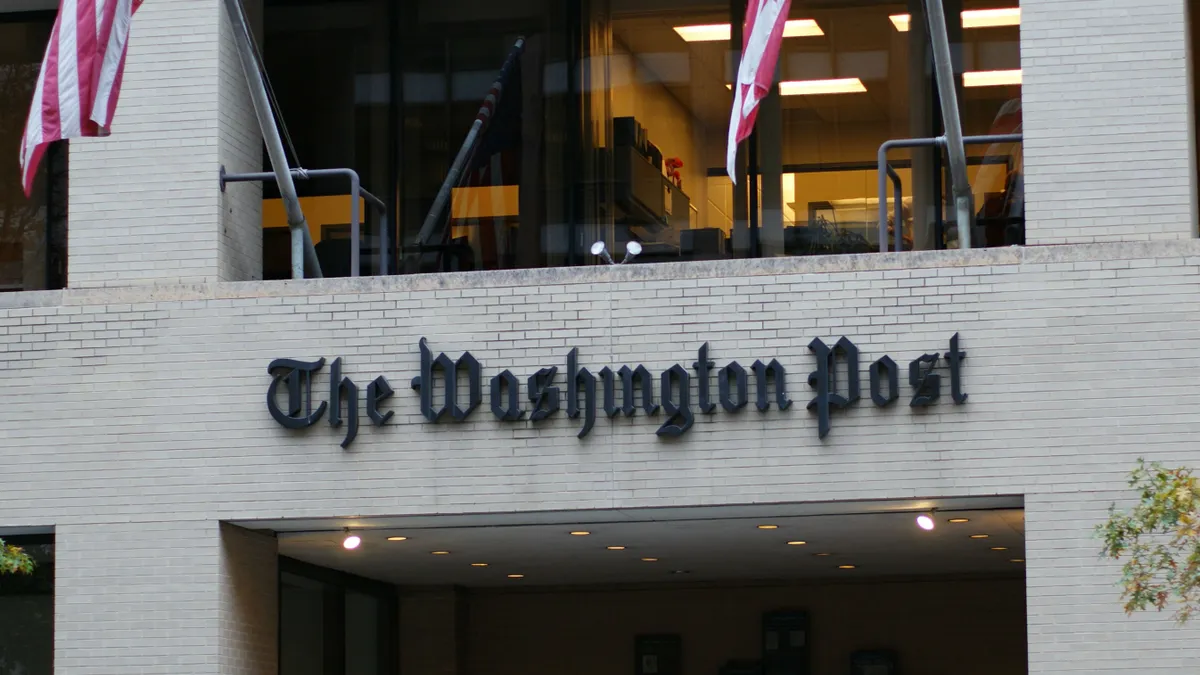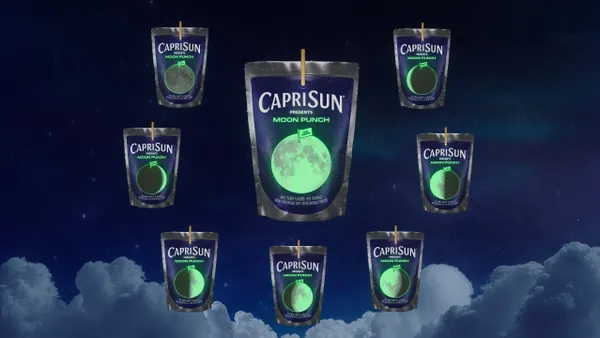Dive Brief:
- After a quiet summer with its Instant Articles feature, Facebook says it’s going to expand both the number of users who see the articles as well as the number of publishers offering instant content.
- The Washington Post is one new publisher added to the mix, and it is going to make everything it publishes – 1,200 daily articles and wire reports – available via Instant Articles.
- Google and Twitter also recently teamed up for a similar open-source project based around Google’s cached versions of publisher content. (Facebook's Instant Articles are being separately hosted.)
Dive Insight:
The Washington Post’s entire publishing output will "live" in two places online. On the Post’s own digital properties, as well as on Facebook’s servers. Facebook is expanding its Instant Articles feature to provide its publisher partners content to more users.
Before the expansion Facebook had nine publishing partners offering hundreds of articles daily using the feature, with Facebook leaving the volume up to the discretion of each publisher. Given that leeway, instead of testing the waters, the Washington Post decided to jump in. The paper's Publisher Fred Ryan said, “We were fine with not imposing limits on the amount of content,” said. "We figured, if you’re in, you’re in.”
Ryan added, "The Post has seen explosive growth in readership over the past year, particularly on mobile phones and among Millennials. Working with partners like Facebook allows us to further attract and engage those readers."
According to a Washington Post press release, Qualcomm is the first advertiser to buy ads including impressions on Instant Articles from the newspaper.
Instant Articles officially launched in July, and faced competition from other tech companies including Apple and Snapchat. Most recently Google and Twitter announced a partnership on a similar project. Unlike other versions, the project will serve publishers’ content cached on Google, rather than served from another location altogether such as Facebook hosting the Instant Article content. This approach will likely be attractive for publishers and marketers alike because that cached content will contain the original ads giving them longer legs for publishers to make money on and providing more exposure for the marketing messages.












